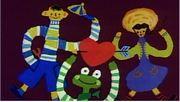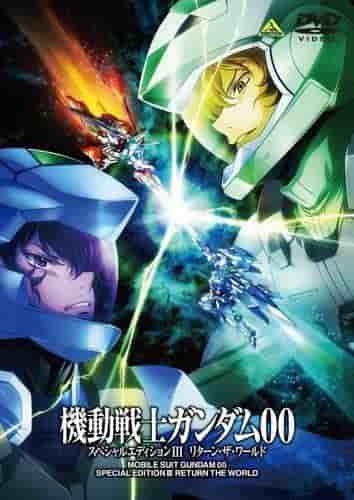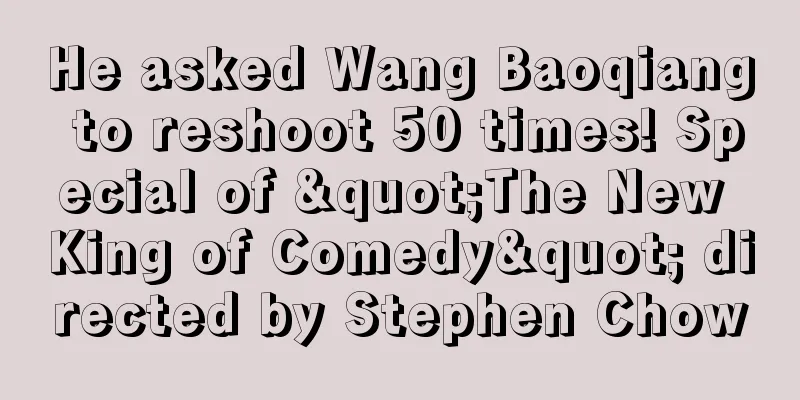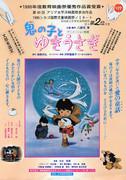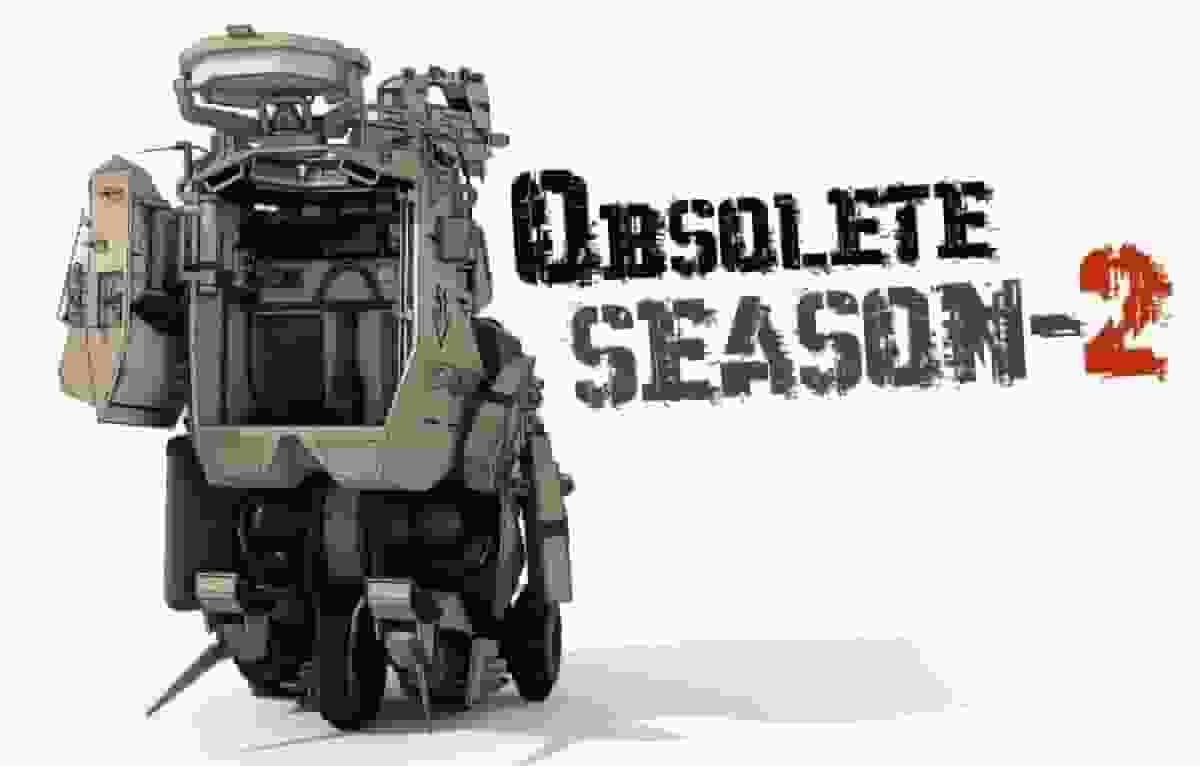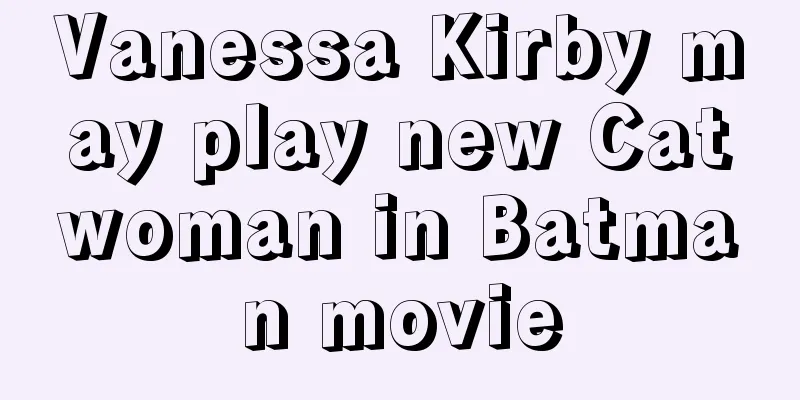Golden Bat: The appeal and reputation of classic anime
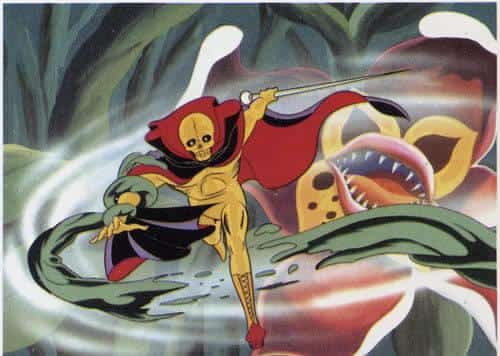
The charm and history of the Golden Bat■ Public MediaTV anime series ■ Original MediaKamishibai (Paper storytelling) ■ Broadcast periodApril 1, 1967 - March 23, 1968 Saturday 19:00-19:30 ■Broadcasting stationNippon Television Network ■Frequencieshalf an hour ■ Number of EpisodesEpisode 52 ■Original StoryTakeo Nagamatsu ■ Director・Director: Nobuhide Morikawa ■ Production ADK ■Works©Golden Bat Project/ADK ■ StoryScientist Dr. Yamatone, his assistant son Takeru, and a young girl named Marie. They ride in a disc-shaped flying boat called Supercar to fight against the evil schemes of a mysterious monster named Nazo who is plotting to destroy the Earth. When they are in danger, Marie prays, "Mr. Bat, Mr. Bat..." and the champion of justice, the Golden Bat, appears out of nowhere, laughing loudly, "Wahahahahaha," and saves them from peril. ■ExplanationIn 1930, "Black Bat" (or "Phantom Bat") appeared as a street picture-story series. "Black Bat" appeared as a dark hero operating behind the scenes of numerous crimes, and the extreme content was well received, but the author felt that there was a limit to how strong the story could be as he made it more and more powerful in order to make it more exciting. To break this situation, Nagamatsu Takeo created a new character, "Golden Bat." He appeared in the final episode as a hero of justice to rival the dark hero "Black Bat." "Golden Bat"'s overwhelming strength made him an instant hit with children. At that time, the Kamishibai industry had no awareness of copyright, and many different Kamishibai were created by multiple authors. Most of these Kamishibai were lost due to damage caused by World War II, and it is now very difficult to confirm their contents. In 1947, a book of picture stories by Nagamatsu Takeo was published by Meimeisha (later known as Shonen Gahosha). Subsequent works were credited to Nagamatsu Takeo and second author Kada Koji as the original authors or creators. After several live-action adaptations, an anime adaptation was produced by Yomiuri TV in 1967. The dark hero "Black Bat" appeared as a white skull covered in a black cloak (unconfirmed due to disappearance after the war), but when "Golden Bat", a hero of justice, first appeared he was dressed like a French guard, had a red cloak and a golden skull face. The original design can be seen in the live-action version "Golden Bat: Monster of the Skyscraper" made in 1950. Since then, various changes have been made to the character's current golden body and skeletal head. It was not until the 1966 live-action version of "Golden Bat" that he became known for not wearing any real clothing, only wearing a collared cape (red on the inside and black on the outside) and a cane. The theme song "Golden Bat" by Vocal Shop also started with the 1966 live-action version, and it is thought that the character's image was solidified along with the 1967 anime version. The character's visual impact is so strong that he has been paid homage to in many works. In the movie "Doraemon: Nobita and the Three Magic Swordsmen," a "Golden Hat" appears in the fake trailer, and in the opening of "Skeleton Knight, Heading Out to Another World," the skeleton protagonist laughs out loud, "Wahahahahaha." In manga, Yoshito Asari's "Wahahaman" is also famous. ■Cast・Golden Bat/Osamu Kobayashi・Professor Yamatone/Ichiro Murakoshi・Takeru/Kazue Takahashi・Daleo/Kazuya Tatebe・Marie/Minori Matsushima・Nazo/Ushio Shima・Nazo's minion/Kenji Utsumi ■ Main staff・Original work / Nagamatsu Takeo・Supervision / Kada Kouji・Production manager / Ihara Kazuo・Screenplay / Shimauchi Mitsuhide・Director / Yanagida Kyuujirou・Director / Sasaki Haruji・Director / Wakabayashi Tadao・Animation director / Morikawa Nobuhide・Key animation / Fujiwara Masumi・Key animation / Kusumoto Katsutoshi・Key animation / Suzuki Michihiro・Background chief / Kusano Kazuo・Background / Seki Shunroku・Background / Igarashi Tadashi・Background / Koseki Toshiyuki・Art director / Kimura Kazuo・Chief of photography / Inatani Shoichiro・Sound recording / Tohokushinsha・Production cooperation / Toyo Broadcasting・Planning and production / Daiichi Doga ■ Theme songs and music・OP ・ED The appeal and history of Golden BatGolden Bat is a Japanese hero character that has been around since the 1930s, and has a long history and appeal. Here, we will take a closer look at the appeal and history of Golden Bat, as well as the elements that enhance its appeal and its influence in the modern world. The birth and evolution of the Golden BatGolden Bat is a character created by Takeo Nagamatsu and first appeared as a picture story. Debuting in 1930 as "Black Bat," the character gained popularity as a dark hero, but when Nagamatsu felt he had reached the limits of the story's development, he created a new character, "Golden Bat." Golden Bat appeared in the final episode as a hero of justice against Black Bat, and captured the hearts of children with his overwhelming strength. Many of the picture storybooks were lost during the Second World War, making it difficult to confirm the details of Golden Bat before the war. However, Golden Bat continued to be developed in various media after the war, and a book of illustrated stories by Nagamatsu Takeo was published in 1947. Kada Koji later joined as the second author, and the story of Golden Bat expanded even further. The visual appearance of Golden Bat has also evolved over the years. When he first appeared, he was dressed like a French guard, with a red cape and a golden skull, but this design can be seen in the 1950 live-action version of Golden Bat: The Skyscraper Mystery. In the 1966 live-action version of Golden Bat, the design was changed to the familiar style we know today, with an all-golden body, a skeleton head, a collared cape and a cane. This design was carried over into the 1967 anime version, solidifying Golden Bat's character image. Golden Bat Story and CharactersThe story of Golden Bat is about a scientist, Dr. Yamatone, his assistant, his son Takeru, and a girl named Marie, who ride in a saucer-shaped flying boat called Supercar to fight against a mysterious monster called Nazo who is plotting to destroy the Earth. When they are in danger, Marie prays, "Mr. Bat, Mr. Bat..." and Golden Bat appears laughing loudly, "Wahahahahaha," and saves them. This scene is an iconic part of Golden Bat and was loved by many children. The Golden Bat character has been paid homage to in many works due to its visual impact. In the movie "Doraemon: Nobita and the Three Magic Swordsmen," the "Golden Hat" appears in a fake trailer, and in the opening of "Skeleton Knight, Heading Out to Another World," the skeleton protagonist laughs out loud, "Wahahahahaha." In addition, Yoshito Asari's "Wahahaman" is a famous manga, and the influence of Golden Bat can be seen in this work. Golden Bat production and staffThe anime version of Golden Bat aired on Nippon Television from 1967 to 1968. It was written by Nagamatsu Takeo, directed by Morikawa Nobuhide, and produced by ADK and Daiichi Doga. The cast included popular voice actors of the time, such as Kobayashi Osamu as Golden Bat, Murakoshi Ichirō as Professor Yamatone, and Takahashi Kazue as Takeru. The main staff included many talented individuals, such as screenwriter Mitsuhide Shimauchi, directors Kyujiro Yanagida, Harutsugu Sasaki, and Tadao Wakabayashi, and key animators Masahide Fujiwara, Katsutoshi Kusumoto, and Michihiro Suzuki. The production staff was also top-notch, including background chief Kazuo Kusano, art director Kazuo Kimura, and chief of photography Shoichiro Inatani. The theme songs are "Ogon Bat no Uta" for the opening and "Ogon Bat Counting Song" for the ending, with lyrics by Daiichi Douga, music by Masashi Tanaka, and vocals by Vocal Shop, Yasushi Suzuki, and Columbia Yurikago-kai. These songs are also important elements that enhance the appeal of Ogon Bat. The appeal of Golden Bat and its influence on the modern eraThe appeal of Golden Bat lies in its visuals and the impact of its story. The visual of a golden skeleton stimulated children's imaginations and left a strong impression of its presence as a hero of justice. Also, the scene in which Golden Bat appears laughing loudly "Wahahahahaha" when the team is in danger gave courage to many children. Golden Bat continues to have an impact even today. Not only has it been paid homage to in various works, but the sense of justice and courage of the Golden Bat character has resonated with many people. The visuals of Golden Bat have also been incorporated into modern anime and games, and the beauty and impact of its design are still highly regarded today. "Golden Bat is a symbol of Japanese hero culture, and its history and appeal will continue to be passed down for generations. We hope that through its story and characters, Golden Bat will continue to teach children the importance of justice and courage, and to inspire hope in their hearts." Golden Bat Recommendations and RatingsGolden Bat is a work that can be enjoyed by both children and adults, and its history and appeal are loved by many people. In particular, the impact of Golden Bat's visuals and story has a unique appeal that other works do not have. I would highly recommend this work not only to fans of Golden Bat, but also to people who like heroes and anime. Golden Bat is highly rated due to its history and influence, and is supported by many people. In particular, the impact of Golden Bat's visuals and story has a unique appeal that other works do not have, and this reputation is likely to continue in the future. "Golden Bat is a symbol of Japanese hero culture, and its history and appeal will continue to be passed down for generations. We hope that through its story and characters, Golden Bat will continue to teach children the importance of justice and courage, and to inspire hope in their hearts." |
<<: The appeal and evaluation of "Kaminari Boy Pikkali Bee": A new standard for children's animation
>>: The appeal and evaluation of "Issun-boshi": the story of a little giant
Recommend
Hollywood Walk of Fame to Honor Black Panther Actor
The Hollywood Walk of Fame will honor Black Panth...
God of War and Horizon to follow The Last of Us formula
The producers of "God of War" and "...
"Mulan" live-action movie promotional photos released Liu Yifei heroic
Today, Disney Movies China's official Weibo p...
The appeal and evaluation of "Geneshaft": A must-read review for anime fans
Geneshaft - A science fiction anime about a genet...
The black justice film "Just Mercy" IGN 8 points: realistic performance
"Just Mercy," a new legal film about th...
New TV series "Legend of Sword and Fairy" passed review, starring Yang Yutong, He Yu and others
Recently, media reported that the new version of ...
The box office of "The Legend of the Gods Part 1" has exceeded 1.6 billion! Director: Thank you to the 36.85 million viewers
Today, according to the data provided by Maoyan P...
Liu Cixin talks about the progress of the film and television adaptation of The Three-Body Problem: China is faster, and Netflix in the United States will start filming this year
Recently, Liu Cixin, the first Chinese sci-fi wri...
Millennium Countdown: The Appeal and Evaluation of the Tezuka Osamu Academy Awards
Millennium Countdown: A Special Night at the Tezu...
Black actor Michael B. Jordan may play Superman?! For the first time in history
According to Deadline, Warner Bros. has considere...
Anno Hideaki & Higuchi Shinji's new movie "Shin Ultraman" statue unveiled
Today (11.3), Khara announced on Twitter the stat...
"TRAiN HEROES" Review: Digging deeper into the story of train heroes
Comprehensive review and recommendation of TRAiN ...
Roger Corman, master of American B-movies, dies at 98
According to foreign media, the legendary "K...
The super villain is coming. It is rumored that the MCU will add the planet eater "Uncle Swallow" and the tyrant
After "Avengers 4", the MCU super villa...
Don Yakuza Suikoden Raging Waves: In-Depth Review and Recommended Points
"Don: The Yakuza Suikoden: Raging Storm"...

